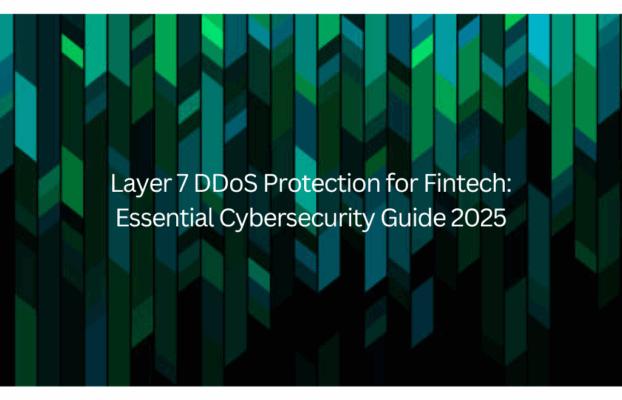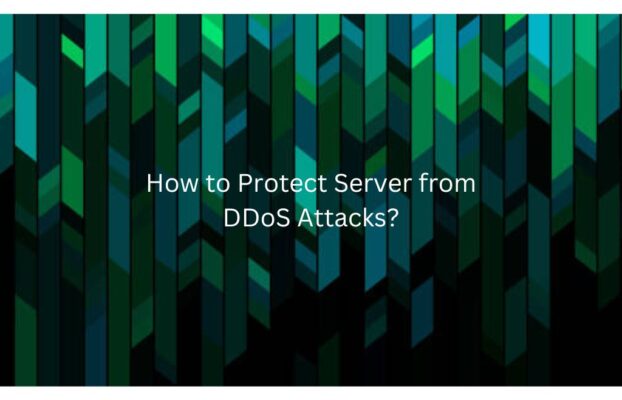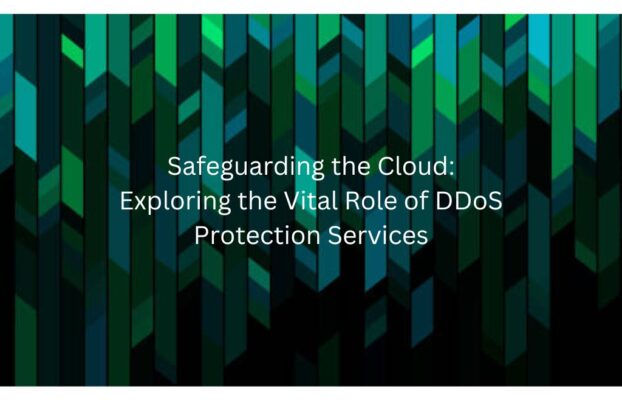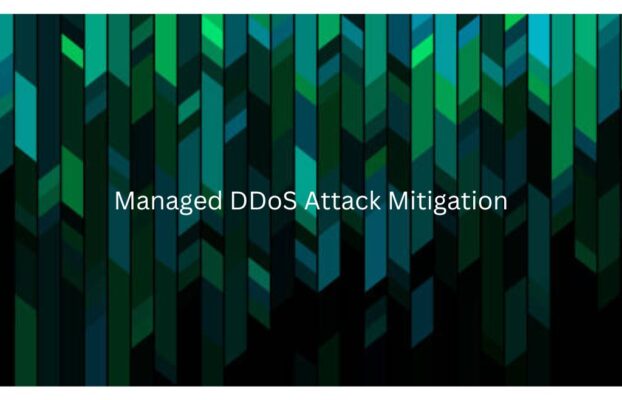Enterprise DDoS Mitigation Solution
Always-on, automatic protection that minimizes downtime from
any kind of DDoS attack in less than 10 seconds

Growing at 150%

Lasts 6 hrs on an avg

Incident Cost $300k
Key Features

Always On

Multi-Layered

Auto Learning

Zero False Positive
Protect your Network with Next-Gen DDoS Mitigation Solution

Instant Security

Bi-directional

Accurate Mitigation

Patented AI Technology

Multi-Vector Defense

Global Threat Feeds
Common DDoS Questions and Concerns
Here is a list of the most common questions and concerns about DDoS.
What is a Distributed Denial of Service (DDoS) Attack?
The Distributed Denial of Service (DDoS) attack is an attempt to make online resources unavailable by overwhelming it with illegitimate traffic from the multiple sources. It is a type of attack on the network that is designed to bring down network/services of a business by flooding it with malicious traffic or by directly targeting the application servers with the low and slow type of attacks. DDoS attacks cause expensive network period, lost revenue, and name injury to organizations that place confidence in the web to try and do business.
Whats a botnet?
A botnet is referred to as a network of internet-connected computers (“zombies”) that can be directed as a single group entity by a command and control systems from where they receive instructions to launch DDoS attacks.
Why Doesn't My Firewall Stop all DDoS Attacks and Other Unwanted Traffic at the Network Perimeter?
Cyber-attacks have reached a level of complexity that firewalls cannot protect against. DDoS attacks are aimed to disrupt the normal functioning of a system by depleting its resources till it is unable to serve its users resulting in down time or loss of availability. As inline stateful devices, firewalls and IPS track all connections for inspection and store them in a connection table. Every packet is matched against the connection table to verify that it was transmitted over an established, legitimate connection. The typical connection table can store tens of thousands of active connections, which is sufficient for normal network activity. However, a DDoS attack may include thousands of packets per second. As a result, even before your servers give in to DDoS, it is likely that the firewall or IPS are already toasted.
Who could possibly be behind one these attacks?
There are unscrupulous hackers out there that perform operation under the radar. These people are hired to offer services. Their targets may be random, or they may target specifically nation’s critical establishments such as financial institutions, credit card companies, government websites, and so on.
What kind of damage a DDoS attack can do?
Over the recent years, businesses have been heavily relying on the Internet for authentication, online distribution, multiplayer scenarios, micro-payments, etc. to provide complete and exceptional services to their customers. Unfortunately, all of these services that make up this experience are juicy targets for DDoS attacks as disruption of even one of these services can severely impact the experience of customers, reputation loss, productivity loss and ultimately loss in the revenues. In addition, DDoS is no more limited to the enterprises, it can happen to any business ranging from small to large.
What sort of thing can I do to prevent malicious traffic from entering my network?
No one connected to a computer network is really safe from hackers. Here are some common security measures you can take to prevent malicious traffic from entering to your network:
- Erect a web application firewall between the Web server and your network.
- Place e-mail virus scanners on all your systems.
- Keep up-to-date with security patches for your operating system and server software.
- Remove unused communication ports.
Who is Vulnerable?
The High-profile websites that are dependent on the internet for business success are usually the primary targets for the attackers. Not just that, even smaller websites are being targeted. If a website has a rival, who has the mandatory data or is willing to enlist the services of a black-market botnet supplier, that website is vulnerable.
What kind of support do you offer for your DDoS Protection service?
We provide 24X7 support or whenever you require. We offer support over the phone and email. If you are our registered enterprise customer, HaltDos offers you to avail the services of DDoS protection by our dedicated network engineers. They are responsible for providing 24X7 support for configuring the security, event management, summary attack reports, real-time monitoring according to your needs.
Does Haltdos protect from application (Layer 8) DDoS attacks?
Yes. Haltdos’s traffic inspection technology differentiates legitimate website users from malicious bots. This capability is critical with respect to application layer (Layer 8) attacks, where the DDoS requests look like legitimate visitors. Real-time threat monitoring enables true real-time detection of application attacks. Haltdos DDoS Protection is also supported by global threat intelligence where it provides the updates for newly discovered threats as well as the attack signatures.
How Does a DDoS Attack Work?
There are different types of DDoS attacks, but generally the attacker/ attackers pummel a site with false external communication requests that overwhelm it and render it useless.
There are three types of DDoS attacks: Volumetric attacks, Application Layer attacks and Protocol layer DDoS attacks.
- Volumetric DDoS Attacks: Attacker/s flood the internet pipe of an organization with the illegitimate traffic and choke down the network resources – enabling disruption and causing a denial of service.
- Application layer DDoS Attacks: Attacker/s target the application layer of the OSI model. The attack over-exercises specific functions or features of a website with the intention to disable those functions or features. They cost less for malicious actors to execute and can more effectively evade defenses than network layer attacks.
- Protocol Attacks: Attacker/s overwhelm random ports on the targeted host with IP packets containing infected protocol datagrams which causes a denial of service.
What types of DDoS attacks can be mitigated by Haltdos?
Haltdos protects your website against all sorts of DDoS attacks and does Layer-3 to Layer-7 DDoS detection and mitigation.
Haltdos’ Anti-DDoS solution combines sensible signature deployment, heuristic and behavior identification algorithms and provides a multi-layer solution that can provide protection against all sorts of DDoS attacks, either by filtering or by absorption.
Why Do I Need an On-Premise Defense? I Already Have a DDoS Protection Service from My ISP or Cloud Provider.
During a DDoS attack traffic that blocks the internet pipe of a protected organization, the ISP of an organization diverts this attack traffic to an MSSP (Managed security service provider) to identify the malicious traffic and drop it. This diversion process is a time consuming process that requires human intervention in which the enterprise online services are not protected and are exposed to the attackers. While in case of On-Premise Defense, an organization can directly identify the malicious traffic and tries to mitigate it. Therefore, an On-Premise defense is must have for any enterprise.
Why do attackers perform DDoS attacks?
DDoS attacks are generally launched for:
- Anti-competitive business practices
- DDoS Extortion
- Hacktivism
- Security feints
- Political motivation
- Social or religious beliefs
- Just for fun
How can I tell if my system has been compromised?
If you are unable to access your website you can use an online proxy or try to access your website from another computer. You can also run a network command. Type “netstat -a” (without the quotes) to see your open TCP & UDP Ports and what remote addresses your computer is connected to. You can also contact support team of your hosting company.
How can you tell if you're being attacked?
The most observable symptoms of denial-of-service attacks as listed by CERT are:
- Unavailability of a particular web site
- Inability to access any web site
- Dramatic increase in the number of spam emails received
- Unusually slow network performance (opening files or accessing websites)
Why do I need a solution if I've never been attacked?
The attacker may have already made an attempt to target your application with a DDoS attack and you’re not aware of it. While these attacks may have failed in the past, without having an effective solution in place, there is nothing to keep hackers from trying again – and bring down your resources.
Every day these attacks are increasing in power and variety. Sooner or later they’ll hit you. You have to identify your risks and security needs for keeping your business safe. The best DDoS protection solution is a good offense.
Does Haltdos protect against DNS-targeted DDoS attacks?
Yes. Haltdos DDoS Protection also safeguard your DNS servers from DDoS attacks and prevents these servers from becoming a single point of failure. It is deployed as an always-on service. HaltDos automatically identifies and blocks attacks seeking to target DNS servers and also accelerates the DNS responses.
Why Doesn't My Firewall's Anti-DDoS Capability Protect Me against DDoS Attacks?
Even firewalls that claim to have anti-DDoS capabilities built-in but have only one method of blocking attacks: the usage of indiscriminate thresholds. When the threshold limit is reached, every application and every user using that port gets blocked, causing an outage. Attackers recognize this and merge the legitimate users together with the attack traffic. As a result of network and application handiness is affected, the tip goal of denial of service is achieved.








